Tube strikes: How to win at London during a walkout
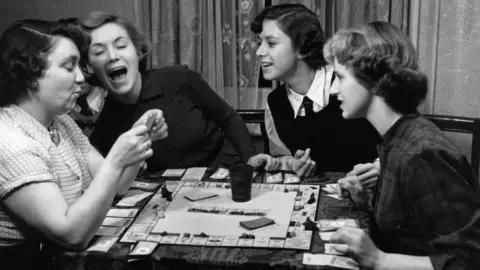 Getty Images
Getty ImagesLondoners have had to contend with five 24-hour network wide Tube strikes so far this year due to an ongoing row over jobs and pensions.
While Thursday's National Rail walkout has been called off, action by London Underground staff is still going ahead.
So how can commuters and tourists battle their way around the city?
Hop on a bus
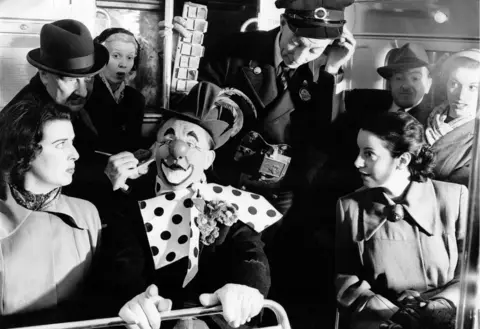 Getty Images
Getty Images"Tourists take the Tube; Londoners take the bus," wrote the editors of the 2018 book Bus Fare.
Indeed during previous Tube walkouts, the humble London bus has certainly come into its own with extra vehicles filing out on to the streets (including old heritage models, much to the joy of the London bus enthusiast and no doubt the owners of Bus Fare).
While the last Tube strike coincided with a walkout by bus drivers in west and south-west London, there are no such issues this time round although Transport for London (TfL) has warned services are likely to be extremely busy throughout the day.
So be prepared to start queuing at those bus stops.
Take the train
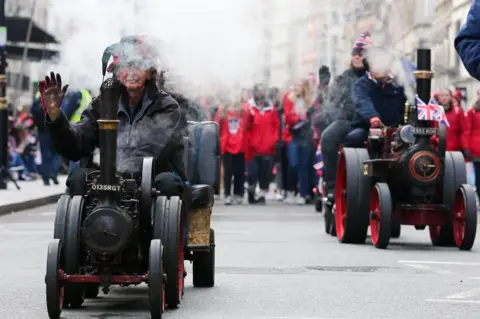 Getty Images
Getty ImagesWhile the Tube may be out, those who want to get their fix of riding the rails can jump on a train.
The London Overground will be running but there could be last minute changes, including trains not stopping at stations shared with the Underground.
The newly-improved bright and sparkly Elizabeth line will be working, although no trains will call at stations between Bond Street and Whitechapel before 07:00 and after 23:00. It's also likely that even with those humongous trains it will be pretty packed down there at times.
Trains that aren't run by TfL and provide sneaky routes across the capital while accepting Oyster and contactless payments - such as Thameslink services between London Bridge and St Pancras International - will also be running.
So if you ever wanted to have a glimpse of the old abandoned King's Cross Thameslink station, then that's your line.
Going Underground
 Getty Images
Getty ImagesGenerally speaking, even on walkout days some Tube services on the odd line do run.
TfL doesn't recommend trying it, saying travel on the Underground should be avoided "as limited or no service is expected".
Try checking the TfL website or the TfL Go app to see if any lines are working - but be warned, things are likely to remain changeable throughout the day.
Ride the DLR
 Getty Images
Getty ImagesAnother mode of transport for the rail enthusiast, especially among those who like to sit at the front of a carriage and pretend to be the driver, is the Docklands Light Railway.
The DLR will be weaving its way around east and south-east London as usual, but stations shared with the Tube could shut at the last minute. It's also another part of the network which is likely to be rammed.
Have a stroll
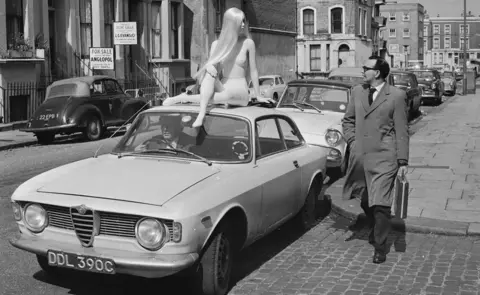 Getty Images
Getty ImagesWhen someone first moves to London, they often find their life is focused on the areas surrounding their nearest Tube station and it can take a while to learn about the places in between.
But what places there are to be found. Wander around the capital and you'll discover places where your favourite films and album covers were shot, or historical quirks like Goodwin's Court, a hidden alleyway in Covent Garden which remains laid out as it was centuries ago.
What's more, it can actually be quicker to walk between some stations rather than taking the Tube (when the lines are actually running). You can find numerous helpful walking maps here and unlike recent days, you may not even need a brolly.
On yer bike
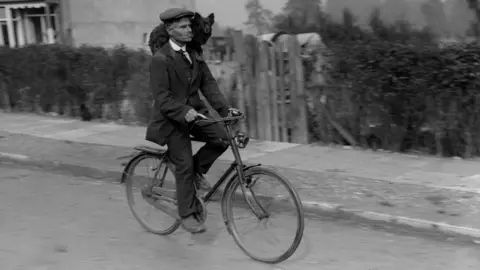 Getty Images
Getty ImagesHuge amounts of money have gone into making biking safer in London with cycle superhighways and "quietways" popping up around the capital.
For those who don't have their own bike, there's the Santander Cycles hire scheme with bikes available at hundreds of docking stations 24 hours a day in a number of central boroughs (although these do tend to prove very popular on a strike day).
There are also dockless rental cycles, which are run by private companies and can sometimes be seen kicking around the pavements, much to the ire of the likes of Westminster Council.
E-scooters
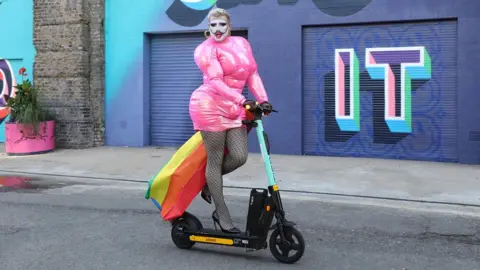 Getty Images
Getty ImagesNow let's be clear from the start - we're not talking about privately owned e-scooters which are still very much unlawful when riding around on public roads and pavements.
However, TfL's trial rental e-scooter scheme was recently extended and devices are available to hire in 10 boroughs, including Camden, Westminster and the City of London.
If you want to hire an e-scooter, you must first complete the in-app training of your chosen operator, stay in that borough and remember always to remain on the road.
And for those who own them, the likes of skateboards and rollerblades are clearly an option, although no hire scheme exists for such devices just yet.
Take to the water
 Getty Images
Getty ImagesWinston Churchill could easily have been talking about Tube strike days when he once said: "The Thames is no ordinary waterway, it is the golden thread of our nation's history."
With few trains running underground, why not float along one of the world's most famous rivers and take in those historic views?
There are strict limits on the number of people allowed on board TfL's river bus services, the advantage of this being you won't spend a journey tucked within the armpit of a fellow commuter as can sometimes happen on a rush-hour Tube train.
However, it may mean you will have to queue as the river bus can prove popular, particularly during a Tube strike.
Board a tram
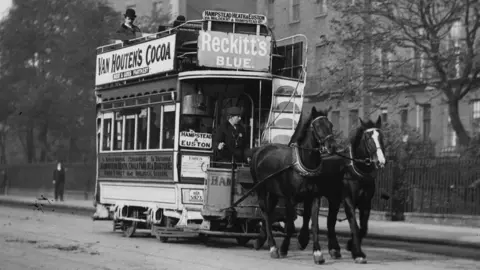 Getty Images
Getty ImagesThose who live south of the Thames, where Tube stations are a rarefied sight, have always got the tram to back fall on. It travels around the likes of Croydon, Wimbledon, New Addington and Beckenham.
Trams will be available during the strike but TfL has warned there will be a reduced service and it will be very busy.
And for those in east London, there's always the thrills of the 10-minute ride on the cable car. It might only run between the Greenwich Peninsula and the Royal Docks, but it does offer some excellent views.
Hail a taxi
 Getty Images
Getty ImagesAs is the case every day of the week, London's cabbies will be driving around the capital waiting to pick up passengers.
Private-hire vehicles are also available but if previous strikes are anything to go by, expect longer waits than usual and surge pricing on some app-based services.
There are also various car clubs in the capital offering short-term vehicle rentals, although London's roads will probably be a lot busier than usual.
Just stay in
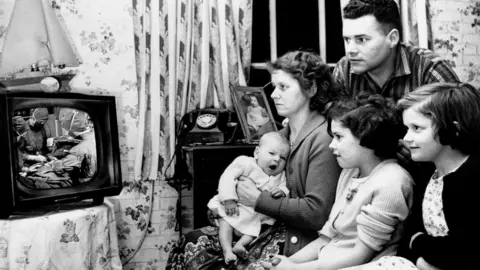 Getty Images
Getty ImagesFor many, the pandemic changed everything in terms of working from home and while spending hours on end on Zoom may not be possible for the likes of the capital's emergency services and retail workers, if you can, why not embrace technology?
As for those tourists just visiting the city, well, there's really not much to see in London... honest.
Remember a good book
 Getty Images
Getty ImagesIf you do travel anywhere just remember that journeys on whatever mode of transport you choose are likely to take a whole lot longer than normal.
So be prepared. Download some episodes of The Crown, dip into a good book or be ready to do a lot of scrolling on your phone, because there's only so long anyone can stare at those adverts on London's transport system.
Be in the know
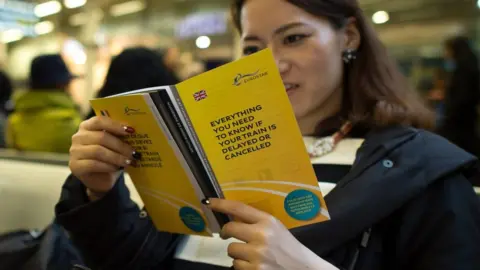 Getty Images
Getty ImagesBattling through a Tube strike day requires a great deal of planning, along with no small amount of flexibility.
Always check before you travel. TfL's planner offers suggestions for how journeys can be completed, as does the TfL Go app and others like Google Maps and Citymapper.
You can also follow how things are looking on the BBC News website, while updates will be provided on BBC Radio London.
And finally...
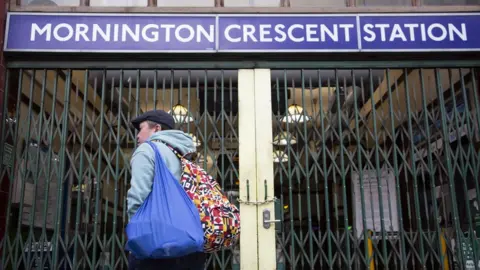 Getty Images
Getty ImagesOnce the Tube strike is over, don't expect everything to start running smoothly straight away.
TfL predicts the disruption caused by the walkout will mean services will only start working like normal from mid-morning on Friday, so be sure to check before you head to your local Underground station.
A version of this article was first published on 18 August 2022.

Follow BBC London on Facebook, Twitter and Instagram. Send your story ideas to [email protected]
